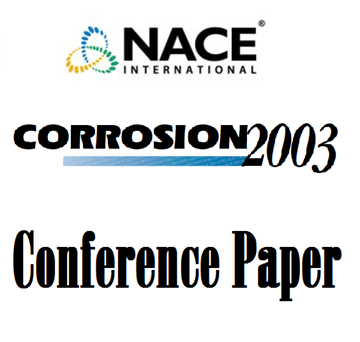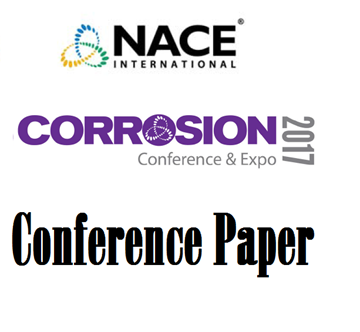Search
Products tagged with 'austenite'
View as
Sort by
Display
per page
03102 LIMITATIONS OF 17- 4 PH METALLURGICAL, MECHANICAL AND CORROSION ASPECTS
Product Number:
51300-03102-SG
ISBN:
03102 2003 CP
Publication Date:
2003
$20.00
High Strength Austenite For Additive Manufacturing
Product Number:
51322-17496-SG
Publication Date:
2022
$20.00
In-situ CPT of Austenitic and Duplex Stainless Steels on Chloride Containing Environments
Product Number:
51317--9312-SG
ISBN:
9312 2017 CP
Publication Date:
2017
$20.00
Sulfide-Stress Cracking Threshold Stresses and Operational Limits for the Safe Use of UNS S17400 (17–4PH) in Oilfield Services
Product Number:
51320-14431-SG
Publication Date:
2020
$20.00




